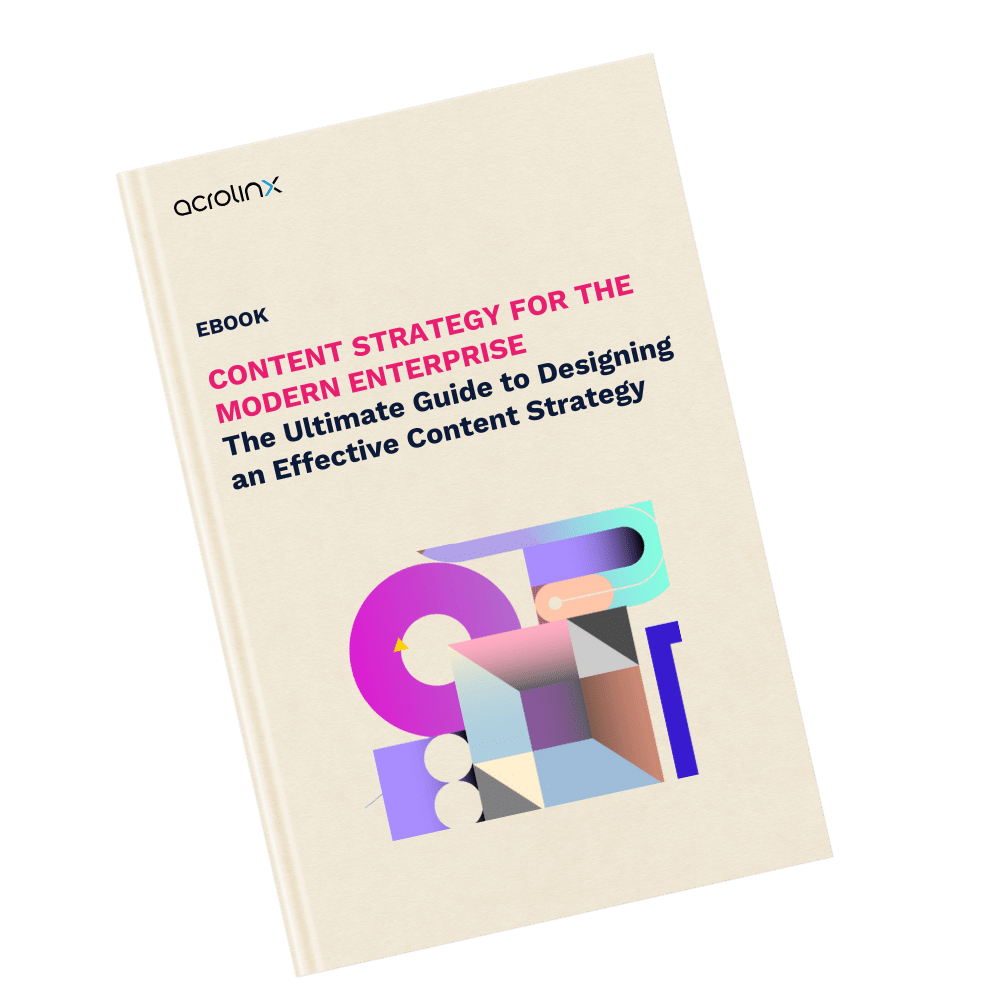Writing Web Content: 7 Tips Every Digital Content Writer Should Know

Creating digital content is one of the most powerful marketing tools a company can leverage to build brand awareness, foster trust, and engage audiences effectively. Done well, it increases the chances of your content being shared and positions your brand as an authority in your industry.However, poorly executed web content can turn potential customers away, wasting valuable time and resources.
Writing for the web differs significantly from offline writing. Most website visitors skim rather than read, consuming only 20 to 28 percent of the words on a page. This gives you a brief opportunity to make a strong impression. To help you maximize your impact, we’ve compiled seven essential tips for creating digital content that resonates with readers and achieves results.
Steps for creating engaging digital content
1. Create headlines that grab attention
To get people to read your content, you need to draw them in with a snappy headline that’s engaging and piques their interest. Your headlines also need to communicate exactly what you’re writing about. The headline we’ve used for this blog post is brief, to the point, and sets out a clear expectation of what you’ll learn by reading it. Avoid vague or wordy language; instead, try to be concise, specific, and even evocative.
2. Simplify digital content with short sentences and paragraphs
Short sentences are a must. They are more effective at getting your point across. Ideally, you’d stick to no more than 20 words per sentence, but if you find yourself running on — a common offense — either split your sentence in two or break it up with em dashes (as we’ve done here).
Breaking up your text into neat paragraphs is another important trick. You shouldn’t have more than five sentences in a paragraph. It doesn’t matter if you’re not done expressing your idea. You’ll be able to find a good natural break, or pause, and pick things up in the next paragraph.
It’s also fine to start a sentence with the sort of words we were taught in school never to use. Starting sentences with coordinating conjunctions like “and,” “but,” and “or” is ok if it improves clarity and isn’t at odds with the tone you’re trying to project.
3. Format content for scanners to boost readability
Many people tend to scan when they’re reading web copy. That means they’re not taking a huge amount in and are instead actively searching for the parts that are most relevant to them. Breaking your text up with subheadings and bulleted lists is a great way to ensure you’re helping scanners find the right information quickly.
4. Enhance your content with engaging visuals
The brain loves color, so use pictures, images, graphs, or diagrams to break up text and to illustrate your points. Visually engaging videos and images that reinforce the text can provide a welcome relief for readers and a chance to switch media for a while. The right graphics can also be a very useful way to help readers understand complex ideas you’ve conveyed with your text.
5. Write clean, concise, and compelling copy
While this is good advice for most kinds of writing, it’s especially important when writing for the web. Always try to:
- Skip unnecessary words
- Avoid jargon and gobbledygook
- Use the active, not passive, voice
- Avoid needless repetition
- Address your web visitors directly by using “you”
In other words, you want clean, crisp copy that’s concise and engaging.
6. Optimize content for search engines to increase visibility
One of the biggest considerations with web copy is making it findable. Sprinkling your copy with the keywords and phrases your potential customers are searching for will help ensure your content ranks well for those search terms. It will also help to bring customers and prospects to your site. Once there, you should have useful content that applies to those search terms, so you can keep them reading. Including links to more information — whether from your own site or external ones — creates a richer experience for the reader, while also making your content more attractive to search engines.
7. Include a call to action: A digital content writer’s best tool
Every piece of content you create needs to have a call to action. Are there other blogs on your site that are relevant to what the reader is looking for? If so, point them in that direction (like we’ve done below). Do you want readers to post a comment or look at your products? If so, prompt them to do so by providing a link. If nothing else, you want to get them to share your content with others. The best way to do that (apart from creating digital content that’s compelling) is by having share buttons for all your social media channels.
Use web management tools to simplify your content creation
Web management tools are essential for digital content writers aiming to streamline their workflows and create high-quality content for digital marketing. They simplify planning, creation, and publishing while ensuring consistency and precision.
From keyword research and SEO optimization to scheduling and performance tracking, these tools offer valuable insights and automation to save time and boost content effectiveness. Platforms like CMS systems, content calendars, and analytics software allow you to monitor results, identify opportunities for improvement, and fine-tune your strategy.
By integrating these tools into your workflow, you can stay ahead in the competitive digital space, focusing on crafting engaging, impactful content that delivers results. They empower digital writers to align their work with business objectives and connect with target audiences effectively.
Ready to elevate your content creation? Explore Acrolinx solutions for content writing and marketing. And if you’re looking to create high-quality content for digital marketing make sure to download our Marketing Playbook for Content Creation for more tips and tricks.
Are you ready to create more content faster?
Schedule a demo to see how content governance and AI guardrails will drastically improve content quality, compliance, and efficiency.
The Acrolinx Team





